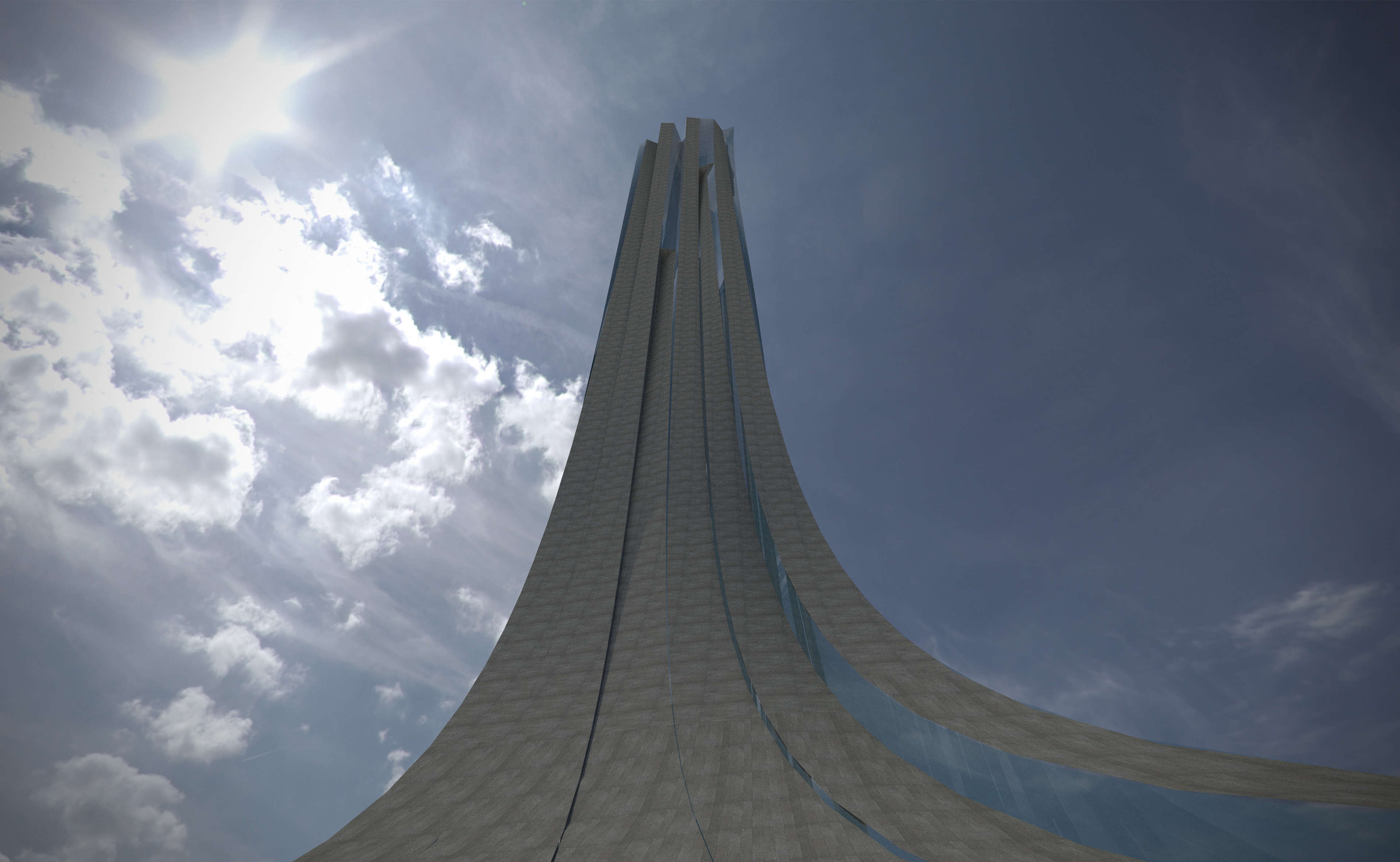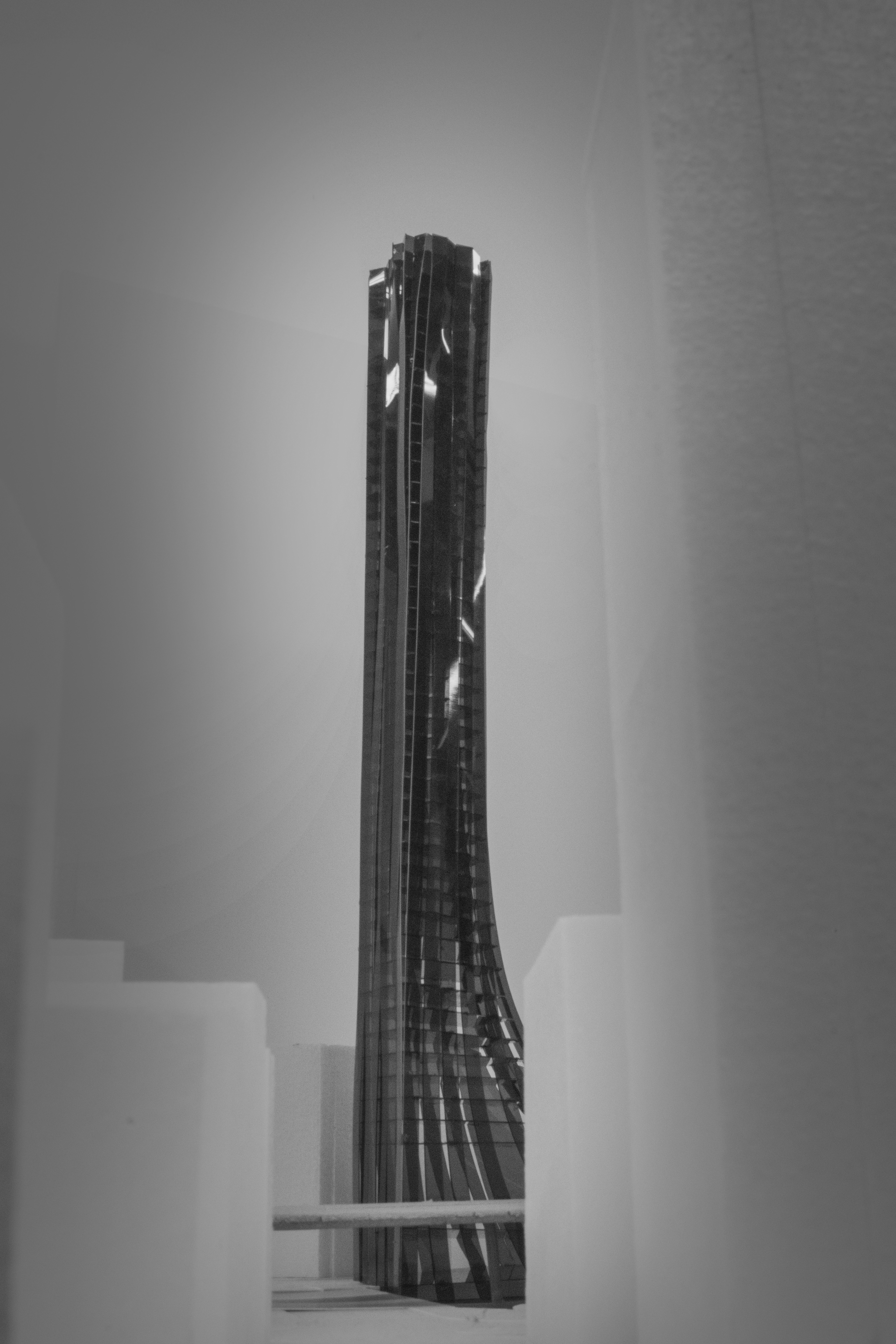The Tokyo Metropolitan Expressway, Syutoko Highway, built in the wake of the 1964 Tokyo Olympics, runs in a ring around the Imperial Palace in the middle of Tokyo's skyline, but in recent years has had to be renewed individually depending on the circumstances of each location.
Near Nihonbashi, the elevated Syutoko Highway, once a symbol of the modern infrastructure of a glorious future city, is now seen as an abomination. In a complete reversal from the days when the Japanese believed that a new bridge should be built there because of the popular spirit of the Edo-derived people overlaid on the name of the place, the removal of the bridge has been called into question by landscape theory.
In response, I propose a successor method for the differences in the beauty of the landscape between the ages.
This tower will carry on the various memories of Nihonbashi and lead people towards the 2020 Tokyo Olympics. Inspired by the infrastructure scale of the Syutoko Highway, we designed a space to experience its historicity and civil engineering dynamism.

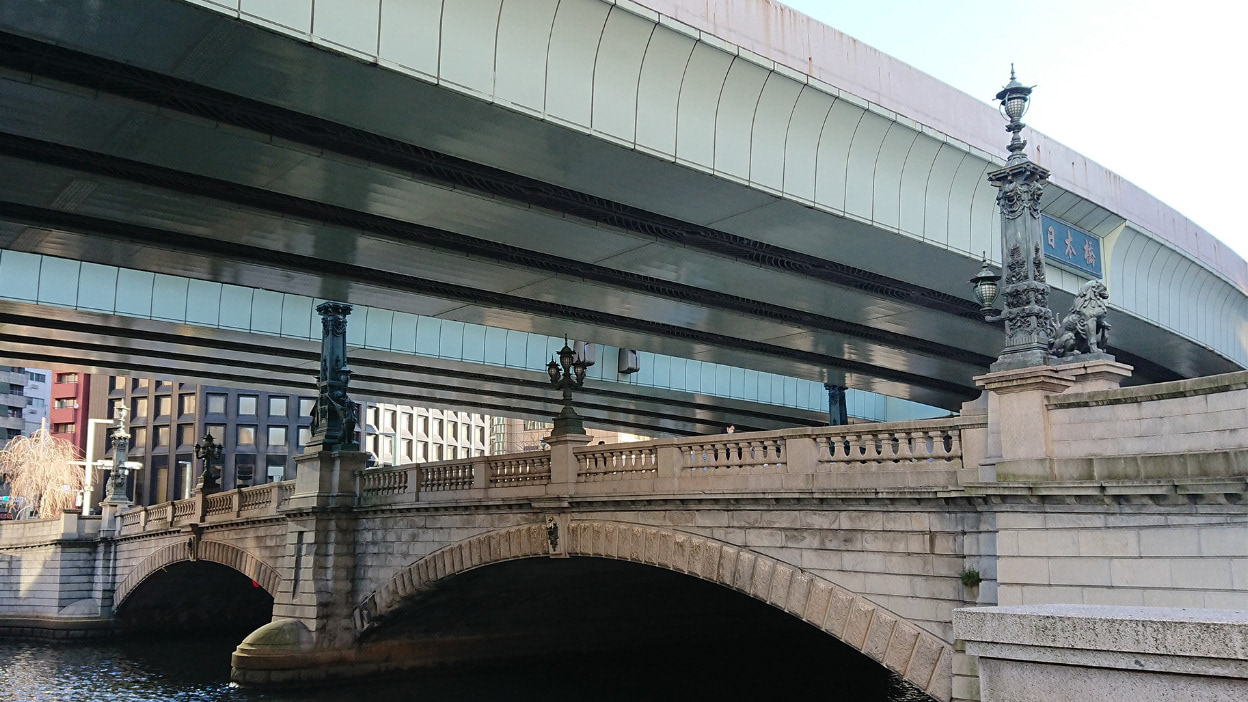
Inheritance of the Memory of Transportation
Nihonbashi has been prosperous as a transportation hub. Although it is decided that Syutoko Highway will be transferred to the underground, I consider it as a memory and a symbol of the economic growth in the 1960s and the Tokyo Olympics 1964. I also interpret the fact that Syutoko Highway looks ugly for some people as a change in the sense of value according to the diversification of the world. So in this project, I aim to create an architecture giving each people various interpretations of it as well as representing the memory and history of Nihonbashi. From the forgotten memory of boats to possibly ugly one of Syutoko Highway, this project takes all of these historical facts into consideration as much as possible.
speed and scale of Nihonbashi
history of Nihonbashi
Creating Programs for Tourists
Now some cruise ships run from Odaiba are to Nihonbashi. On the other hand, waterbuses also runs from Asakusa to around Odaiba, but they do not stop at Nihonbashi. In addition, although there are waterbuses from Haneda Airport to Nihonbashi, they are not equipped enough to use casually. They takes about 40 minutes, so the difference of time between waterbus and train is not so far. Considering these facts, I provide a waterbus station and hotel complex for the opening of Tokyo Olympic 2020.* Nihonbashi takes 10 minutes' walk to Tokyo Station, and it is convenient for tourists to go everywhere they want to go by Shinkansen (bullet train in Japan). Besides, a shortage of hotel is concerned when the Olympic starts. I aim to give tourists special experience by creating a symbolic space that represents the time-accumulation of Tokyo and the infrastructural scale of Syutoko Highway.
new waterbus route masterplan
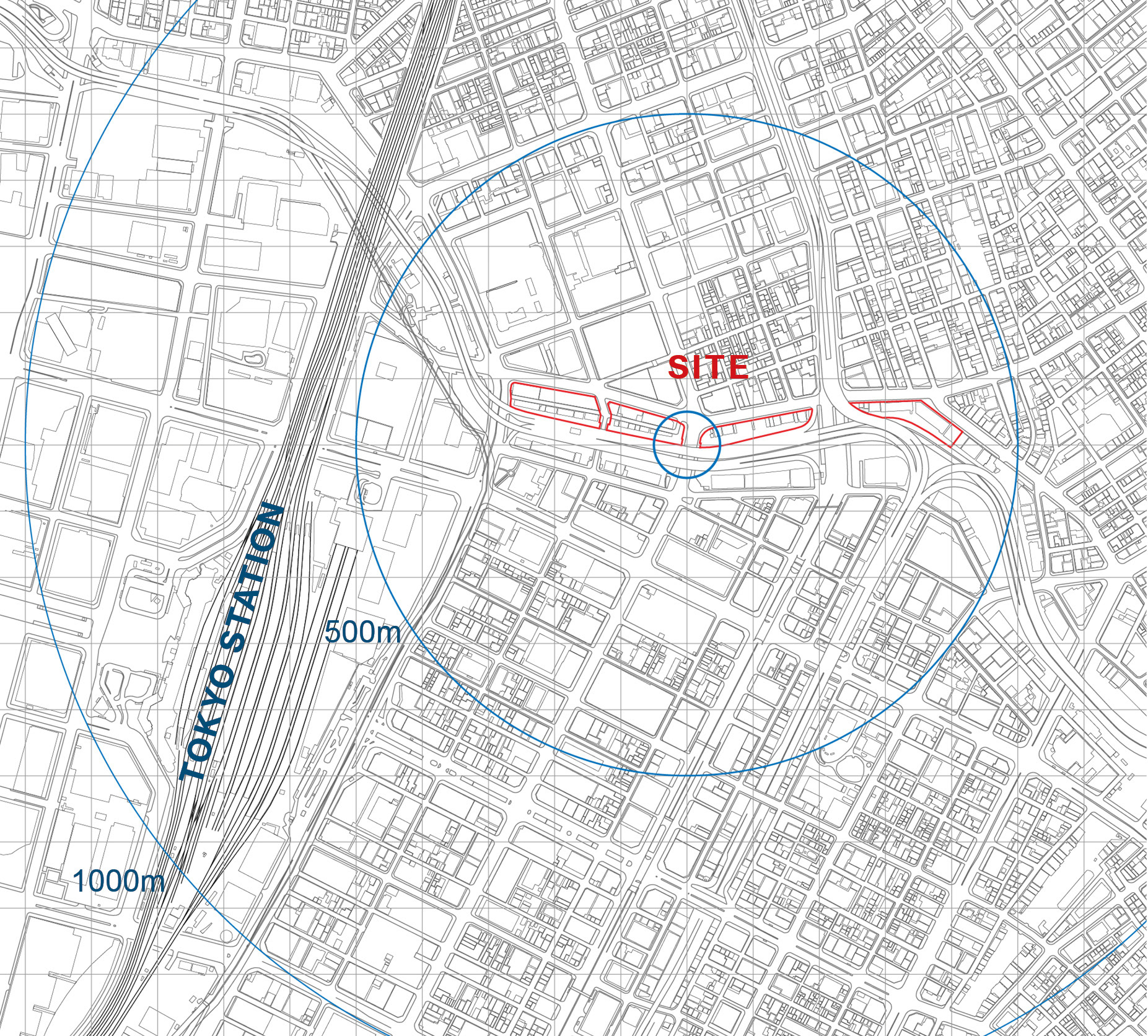
site plan

tourists circulation
The Shape of Tokyo's Infrastructure
The multiple layers of memory, the changing of diverse values, are expressed by the architecture that mimics the shape of the Metropolitan Expressway and the ship. The 202.0-meter tower can be seen from various distances, speeds, and scales, including people walking from Showa Street, ships on the Nihonbashi River, and cars on the Metropolitan Expressway. As one uses, walks, and experiences this architecture, one may feel the form of the ship in one's mind. Some see the Metropolitan Expressway running over the Nihombashi Bridge as ugly, while others see it as a reminder of the Olympics. In order to accommodate diverse values, the architecture shows a different expression for each. And when you look up at the tower, you will regain your sky.
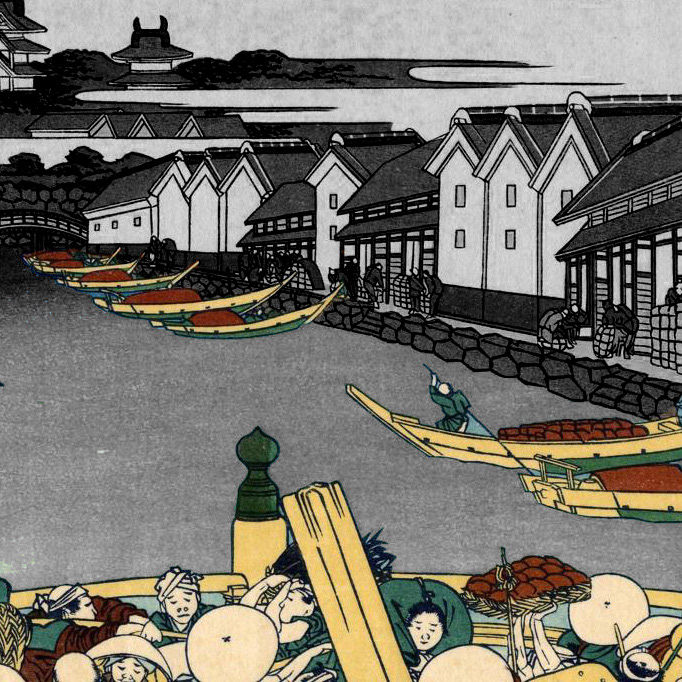
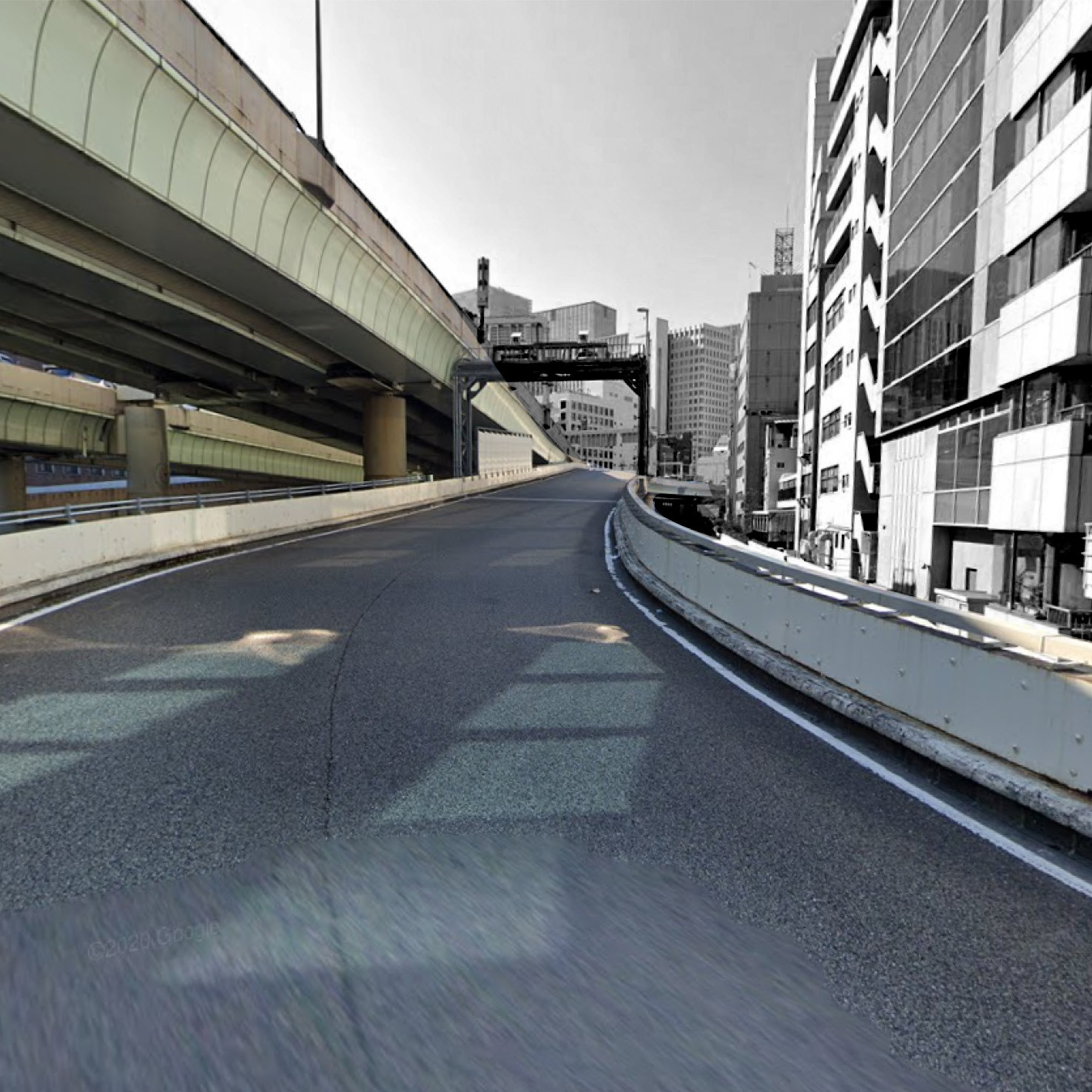

Twisting wall like Roadway
The surrounding wall is about six meters wide, as if Shutoko Highway was rising directly into the sky. It twists and rises little by little, and the shape of each floor changes little by little. Although composed of the same wall, each floor shows a different expression. It is similar to the way Mt. Fuji shows various expressions depending on the day, weather and time. By twisting the surrounding walls, they become resistant to vertical loads, and the gaps between the walls become openings.
Thirty-six View of Tomitake (Mt.Fuji) and 10F-45F Floor Plan



